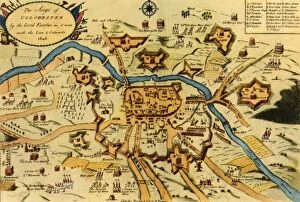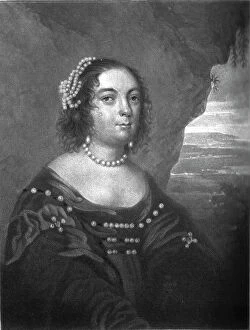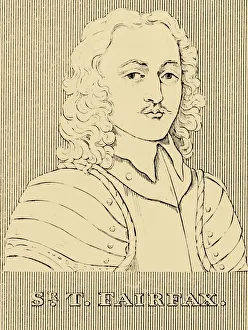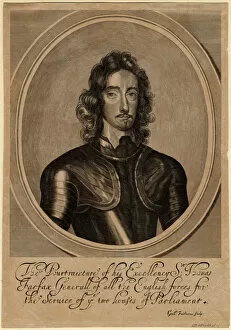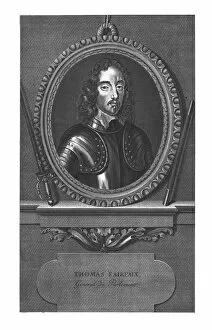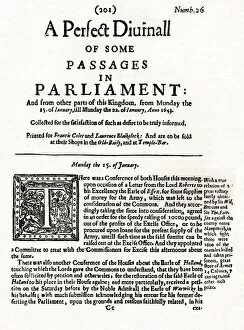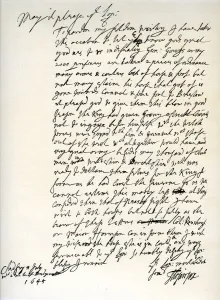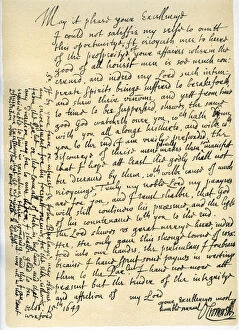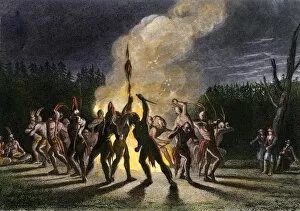Thomas Fairfax Collection
Thomas Fairfax, also known as Lord Fairfax, was an English nobleman and Parliamentary general during the 17th century
All Professionally Made to Order for Quick Shipping
Thomas Fairfax, also known as Lord Fairfax, was an English nobleman and Parliamentary general during the 17th century. He played a significant role in the English Civil War and was highly regarded by his contemporaries. In a letter written by Oliver Cromwell to General Fairfax in 1646, their close relationship is evident. This correspondence highlights the trust and respect they had for each other as key figures in the Parliament's army. One of the most iconic depictions is an engraving by Pierre Drevet after Adriaen van der Werff. It shows him dressed in a suit of armor with a distinguished lace collar, symbolizing his status as a nobleman while embodying military strength. The beheading of King Charles I in 1649 marked a turning point in history, and Thomas Fairfax played a crucial role in this event. An engraving capturing this momentous occasion showcases how he stood alongside other influential figures who believed that no one should be above the law. Another engraving portrays Thomas Fairfax during The Solemn Engagement of 1647. This historical event solidified his commitment to upholding parliamentary authority over royal power. During The Siege of Colchester by Parliament Forces in 1648, Thomas Fairfax demonstrated strategic brilliance as he led his troops against Royalist resistance. This depiction from 1944 emphasizes his leadership skills on the battlefield. Sir T. Fairfax is immortalized through an anonymous portrait from 1830 which captures his essence as both a military leader and influential figure within society at large. A striking portrait from 1645 by William Faithorne depicts Thomas Fairfax as Lord Cameron, showcasing not only his military prowess but also highlighting his elevated social standing among peers. Pierre Drevet's early-18th-century portrayal further exemplifies how timeless Lord Fairfax's legacy remains even beyond his lifetime; it serves as another testament to how deeply ingrained he became within British history.


